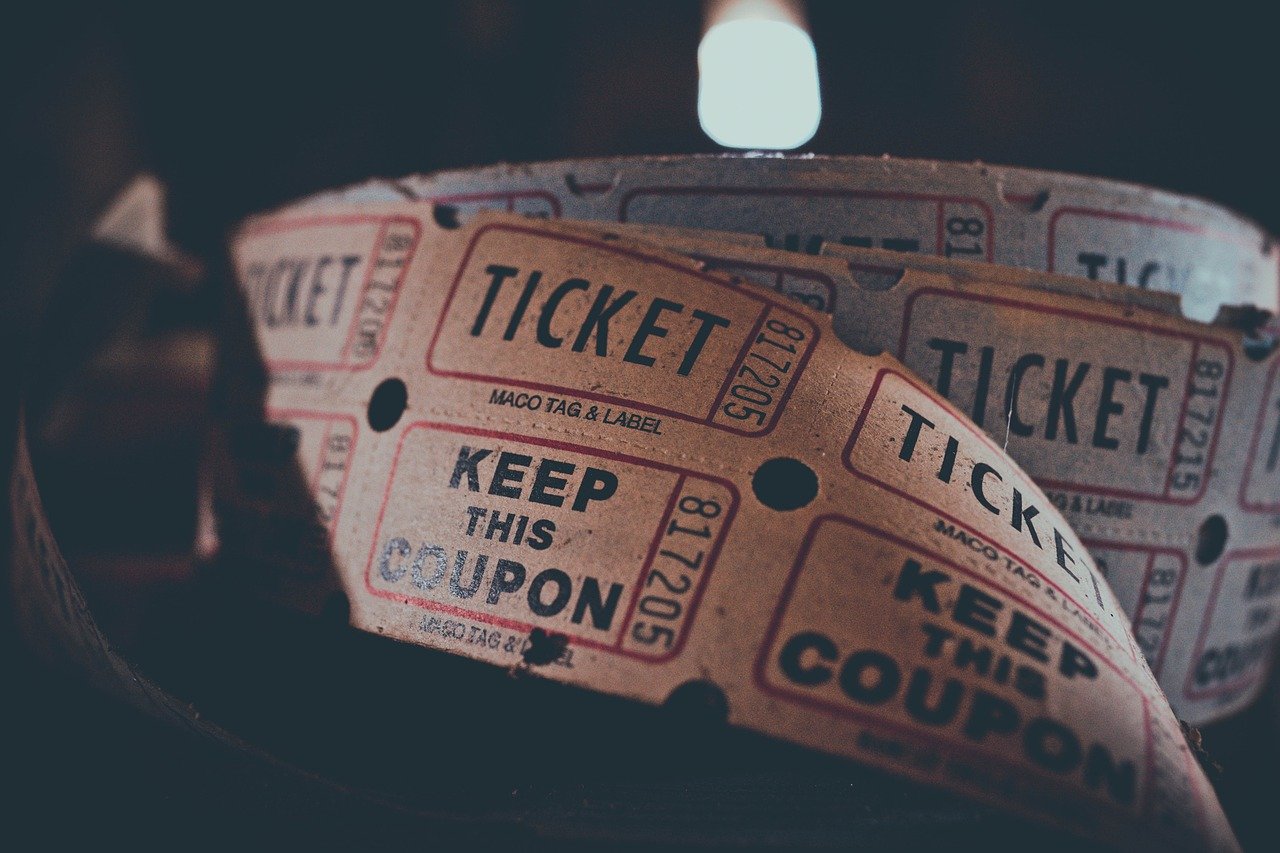
Indian Landmass Is Warming, Confirms Past Climate Records
- News
- 1.9K
Indian Landmass Is Warming, Confirms Past Climate Records Captured In Depths of the Earth
Scientists are literally looking into the ground for clinching evidence of climate change. A new study of geothermal records across India has shown that the country has experienced about one degree of warming over the baseline mean temperature of the nineteenth century.
The new study that combines data from 146 sites collected by the Hyderabad-based National Geophysical Research Institute (NGRI) across major climatic zones – interior peninsula, east coast, west coast, north-central, north-east and north-west – shows mean warming of one degree Celsius since about 1860. The research results have been reported in the journal Current Science.
Warming trends are generally calculated using surface air temperature (SAT) information as recorded in meteorological stations. Recent studies based on meteorological data have shown that Indian landmass is warming. But directly observed met data is available only for the past 150 years or so.
Moreover, such data is not uniform since met stations are sparsely located. In the absence of directly observed temperature data, scientists look for proxy records of climate change – those in tree rings and ice cores. This data too is not precise and needs to be calibrated.
On the other hand, geothermal records – temperature change captured in the ground – can provide accurate information about past temperature changes. Scientists collect this data by digging boreholes to depths greater than 150 meters at different locations. Temperature varies with depth and scientists say that this data can provide a direct measure of changing surface ground temperature averaged over long periods.
“This is so because of the thermal diffusion process. The earth continuously filters short-period surface temperature changes on daily and annual timescales while retaining a record of the long-term mean and the departures from it,” explained Vyasulu Venkata Akkiraju, a member of the research team while speaking to India Science Wire. He works at the Borehole Geophysics Research Laboratory of the Ministry of Earth Sciences at Karad in Maharashtra’s Satara district.
The rocks below the ground get heated due to natural heat emanating from the interior of the earth. At the same time, the ground absorbs the heat from the surface. By plotting the heat outflow from the earth’s interior at different depths, scientists get a good idea of the temperature profile. Downward diffusion of heat from the ground surface can cause deviation in this pattern. It is this change that is captured to calculate the change in surface temperatures.
The depth to which the temperature profile is disturbed in a given time period is governed by thermal diffusivity of the earth medium. For typical rocks, a thermal front (caused by surface temperature) can go up to about 15 meters in one year, 160 meters in 100 years, and 500 meters in 1000 years. The surface ground temperature history of the earth over the last millennium is captured in the uppermost 500 meters of the crust.
When all 146 sites in peninsular India were considered, the mean temperature rise was found to be 1 degree over 129 years. Mean annual SAT data for 49 meteorological stations in peninsular India for the period 1901–2006 was obtained from India Meteorological Department and averaged showed 0.5 to0.7-degree rise over 100 years.
Climate researchers agree with the findings. “Southern India has experienced a significant warming over the past few decades. This study confirms findings of previous studies that are generally based on SAT observations. The borehole records show a consistent and significant rise in temperature over the last hundred plus years, which now provides more confidence on the warming temperatures and their potential implications associated with temperature and precipitation extremes,” commented Dr. Vimal Mishra (Water and Climate Lab, Indian Institute of Technology, Gandhinagar).
NGRI has established a Geothermal Climate Change Observatory to study the relationships between ground and air temperature changes over extended periods of time.
The research team included Vyasulu V. Akkiraju (Borehole Geophysics Research Laboratory) Sukanta Roy (Borehole Geophysics Research Laboratory, Karad and NGRI, Hyderabad) and Shalivahan (Department of Geophysics, IIT, Dhanbad). (India Science Wire)
By Dinesh C Sharma
If you liked this article, then please subscribe to our YouTube Channel for the latest Science & Tech news. You can also find us on Twitter & Facebook.


